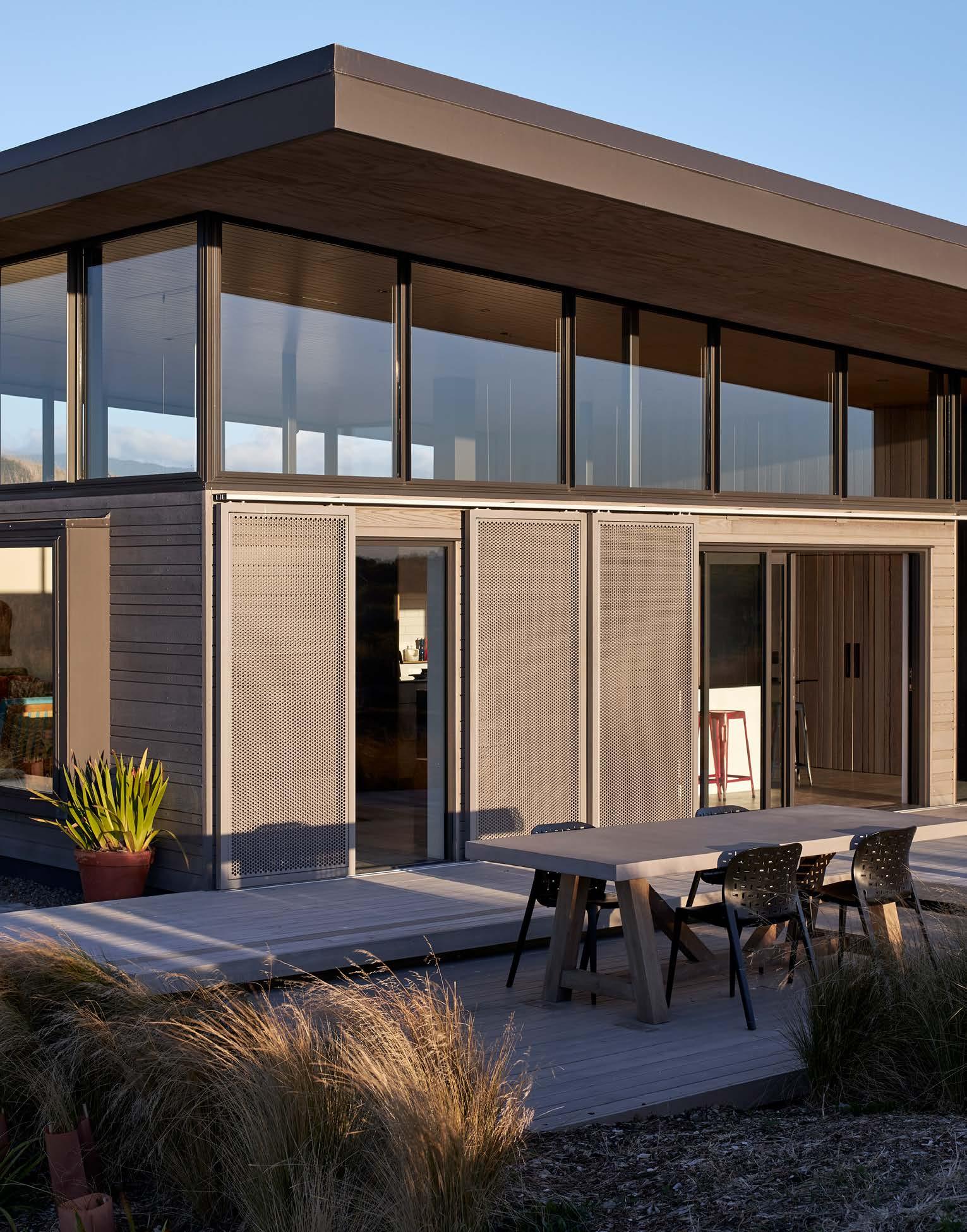
In accordance with ISO 14025:2006 and EN 15804+A2:2019/AC:2021 for: Commercial Windows (Flushglaze 125mm & 150mm, and Structural Glaze 125mm & 150mm) from APL Window Solutions


In accordance with ISO 14025:2006 and EN 15804+A2:2019/AC:2021 for: Commercial Windows (Flushglaze 125mm & 150mm, and Structural Glaze 125mm & 150mm) from APL Window Solutions
Programme: The International EPD® System, www.environdec.com
Regional
Date of publication (issue): Date of validity:
Version number:
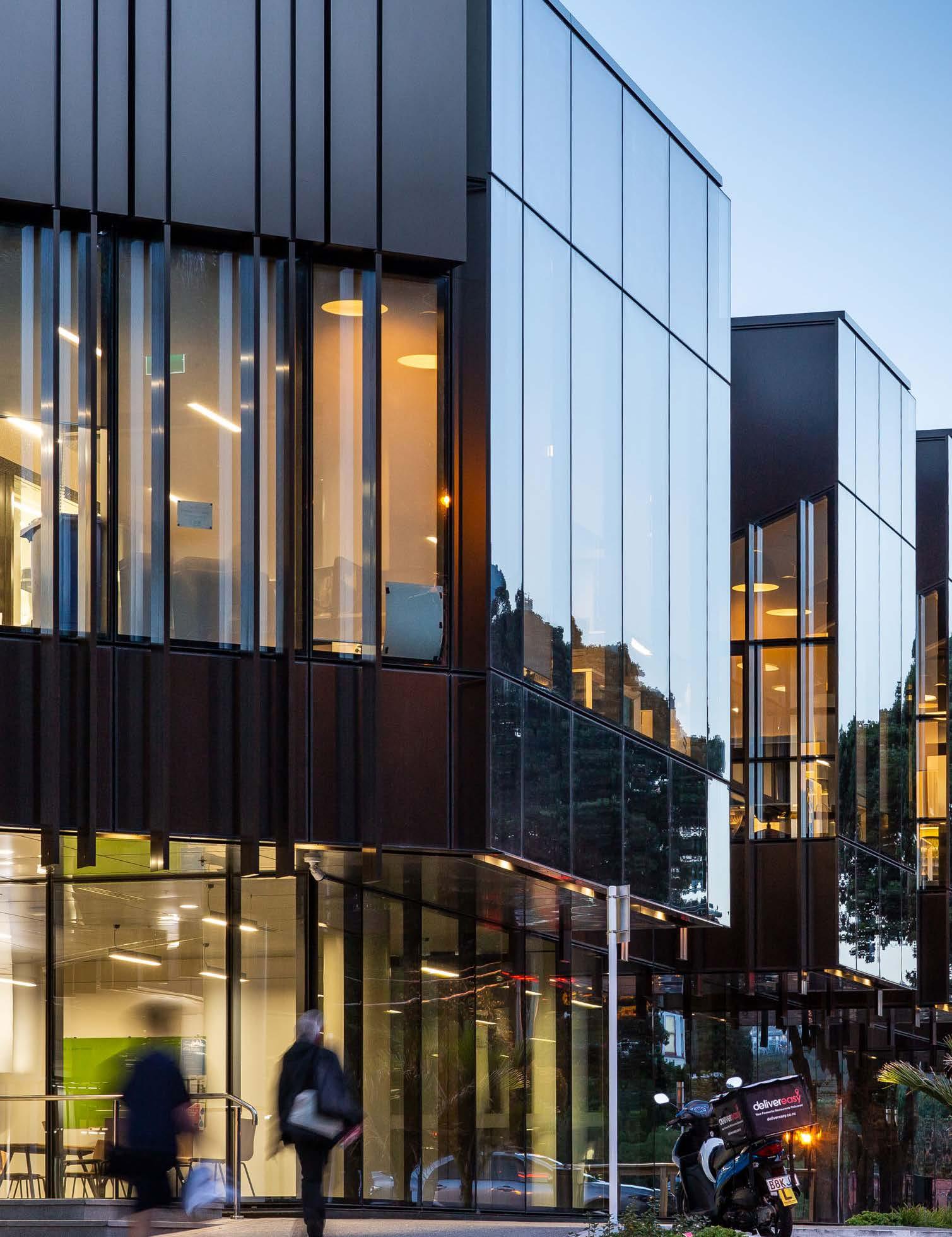
An Environmental Product Declaration, or EPD, is a standardised and verified way of quantifying the environmental impacts of a product based on a consistent set of rules known as a PCR (Product Category Rules).
The EPD owner has the sole ownership, liability, and responsibility for the EPD. EPDs within the same product category but registered in different EPD programmes, or not compliant with EN 15804, may not be comparable. For two EPDs to be comparable, they must be based on the same PCR (including the same version number) or be based on fully-aligned PCRs or versions of PCRs; cover products with identical functions, technical performances and use (e.g. identical declared/functional units); have equivalent system boundaries and descriptions of data; apply equivalent data quality requirements, methods of data collection, and allocation methods; apply identical cut-off rules and impact assessment methods (including the same version of characterisation factors); have equivalent content declarations; and be valid at the time of comparison. For further information about comparability, see EN 15804 and ISO 14025.
The results for EN15804+A1 compliant EPDs are not comparable with EN15804+A2 compliant studies as the methodologies are different. Results that are EN15804+A1 compliant are given in this document to assist comparability across EPDs.
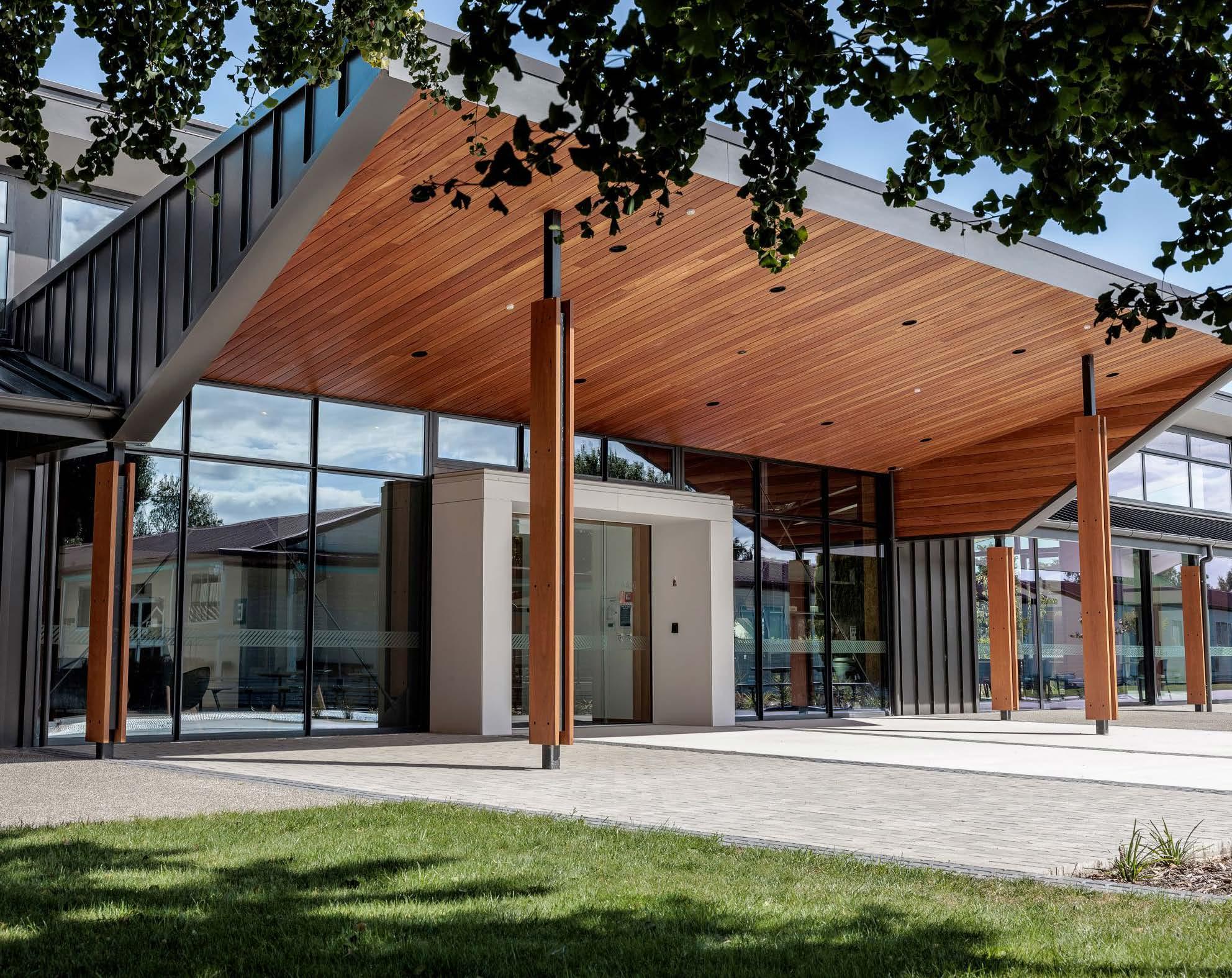
Declaration owner:
Geographical Scope
Reference Year for Data
EPD Programme:
Regional programme:

Product Category Rules (PCR)
APL Window Solutions
Web: www.aplnz.co.nz
Email: marketing@aplnz.co.nz
Post: 19 Northpark Drive, Hamilton 3241, New Zealand
New Zealand
2023-01-01 to 2023-12-31
The International EPD® System
EPD International AB
Web: www.environdec.com
Email: info@environdec.com
Post: EPD International AB, Box 210 60, SE-100 31 Stockholm, Sweden
EPD Australasia Limited
Web: www.epd-australasia.com
Email: info@epd-australasia.com
Post: EPD Australasia Limited, 315a Hardy Street, Nelson 7010, New Zealand
CEN standard EN 15804+A2 served as the core Product Category Rules (PCR)
PCR 2019.14 Construction Products, version 1.3.4 (published on 2024-04-30, valid until 2025-06-20)
Product Category Rules (PCR):
PCR review was conducted by:
Review Chair:
Life cycle assessment (LCA)
LCA accountability:

c-PCR Windows and Doors (EN 17213:2020) to PCR 2019:14 – c-PCR-007 (version 2024-04-30, valid until 2025-06-20)
The Technical Committee of the International EPD® System. See www.environdec.com for a list of members.
The most recent review chair: Claudia Peña, PINDA LCT SpA. The review panel may be contacted via the Secretariat: www.environdec.com/contact
thinkstep ltd
Barbara Nebel
Chanjief Chandrakumar
Haoran Lei
Web: www.thinkstep-anz.com
Email: anz@thinkstep-anz.com
Post: 11 Rawhiti Road, Pukerua Bay, Wellington 5026, New Zealand
Third-party verification
Independent verification of the declaration and data, according to ISO 14025:2006, via:EPD verification by individual verifier
Third party verifier:
Verifier approved by:

Sazal Kundu
Web: www.edgeimpact.global
Email: sazal.kundu@edgeimpact.global
EPD Australasia
Procedure for follow-up of data during EPD validity involved third-party verifier ⬜ Yes No



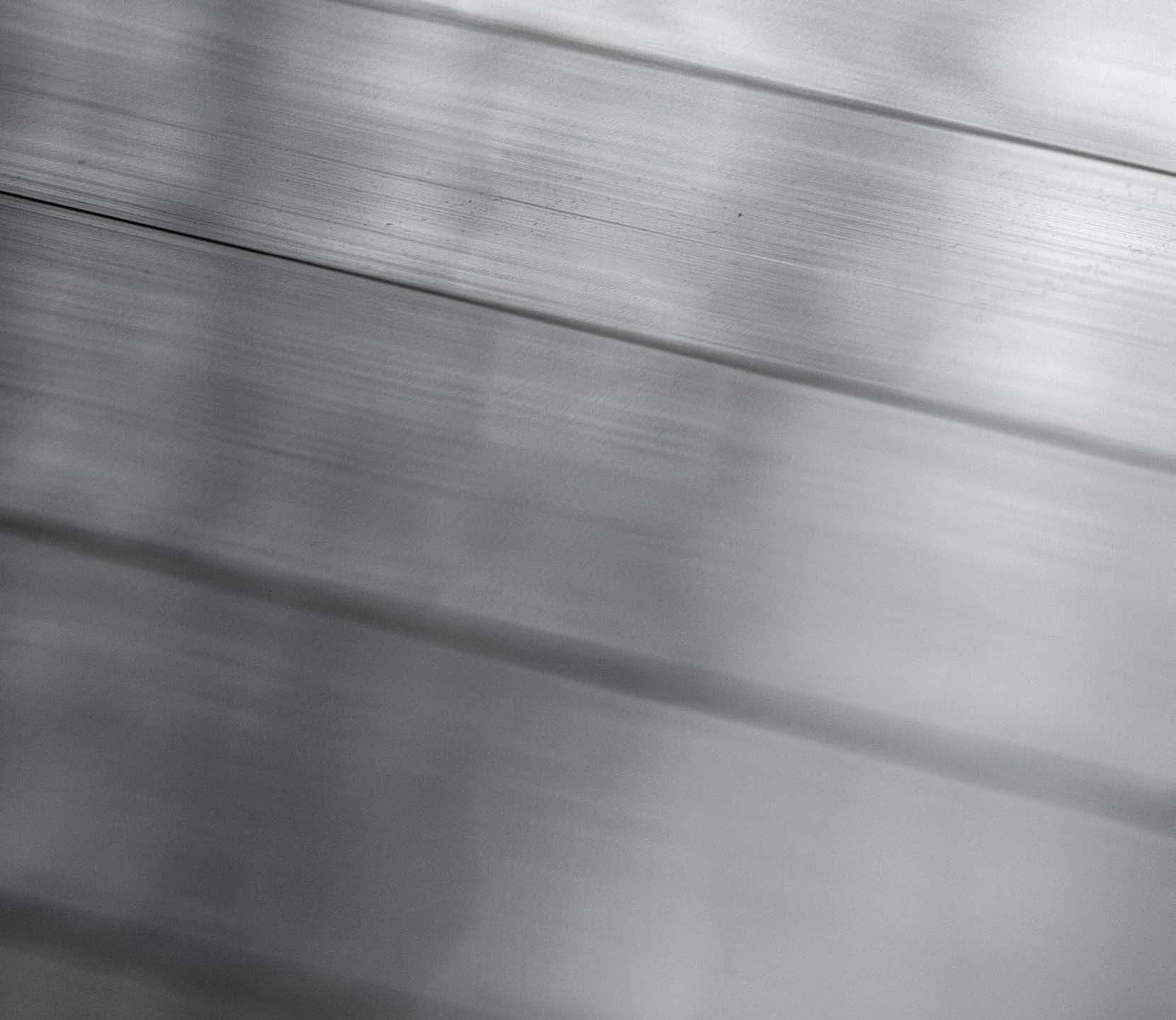
APL Window Solutions (APL) is the largest window solutions organisation in Aotearoa New Zealand and has been proudly familyowned and NZ Made for over 50 years. We’ve grown alongside our manufacturers to bring quality architecture and building to every corner of the country.
Since 1971, APL have been successfully designing, developing, testing and manufacturing window and door systems for our three brands: Altherm Window Systems, First Windows & Doors and Vantage Windows & Doors.
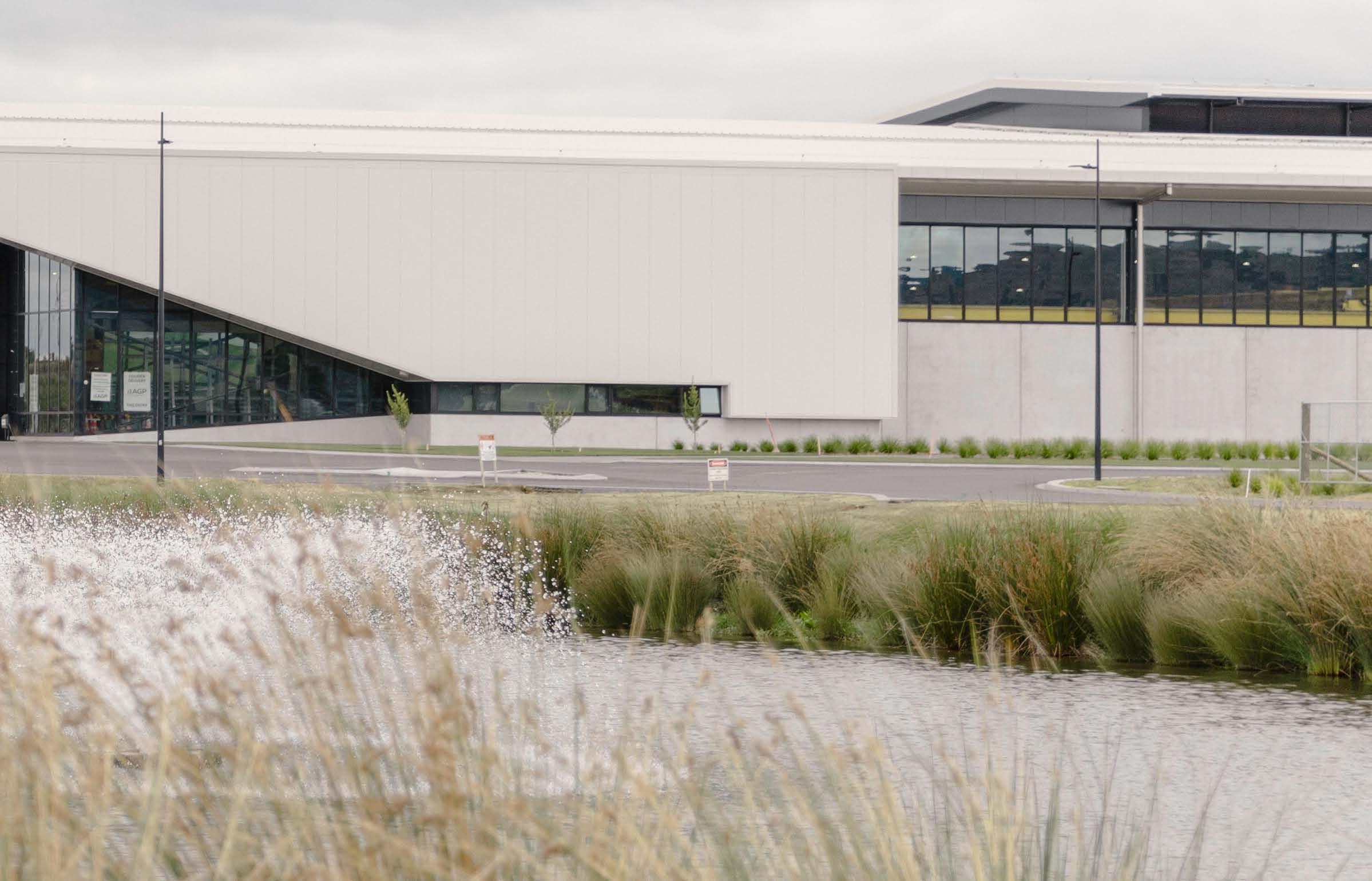
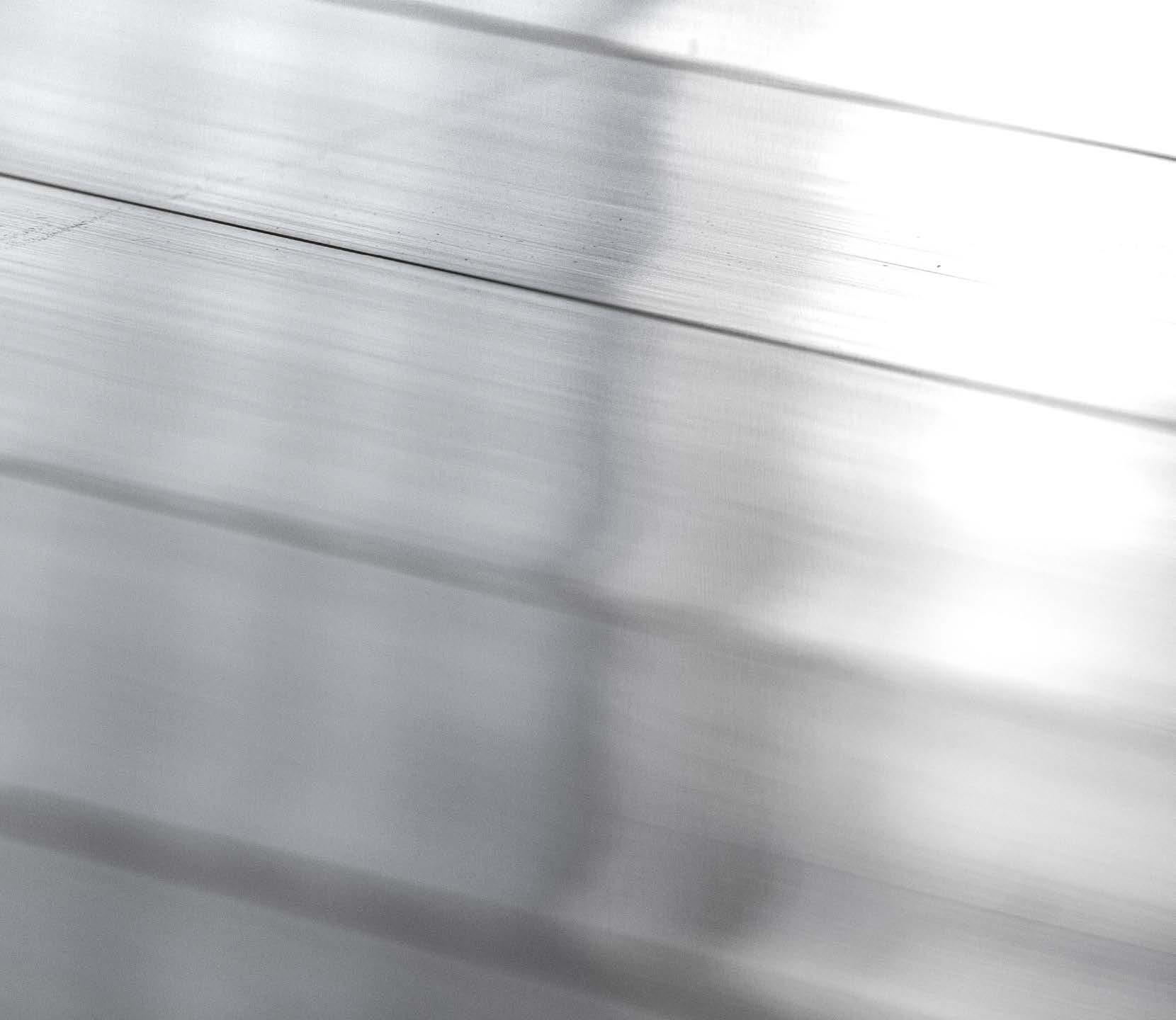
We take huge pride in our track record of supplying window and door solutions for New Zealand home and building owners. Everything we manufacture is designed and tested specifically for New Zealand conditions.
Our Centre of Innovation houses our dedicated research, development and testing facility where our products are developed for our country’s unique landscape, coastlines, weather patterns and design aesthetics. Part of our commitment to designing for New Zealand is designing and operating in a way that reduces our environmental footprint.
We supply independently-owned manufacturers, all over the country, as well as in some areas of the South Pacific. These dedicated operators work on a wide variety of residential and commercial projects and are the exclusive suppliers of APL products through our three brands: Altherm, First and Vantage. They share our commitment to excellence and our spirit of innovation.
APL is proudly part of the Profile Group of businesses. Profile Group represents a family of businesses that together form New Zealand’s only integrated supply chain for aluminium window and door solutions.
The key to keeping things simple is to keep them seamless – the one-stop-shop approach. As we’ve grown, we’ve developed an end-to-end service for our customers that covers every major step in the process, from extruding the aluminium to delivering our systems and parts directly to manufacturers all over New Zealand. Our eco-system of businesses work together to shape a better future for all.
INEX (independent Extrusions) is the largest extruder of aluminium in New Zealand, supplying aluminium for approximately 70% of New Zealand’s windows and doors. INEX is the first step within our group’s end-to-end operations.
Colour Works has three powdercoat lines and is continuously exploring new methods of coating aluminum extrusion for NZ. These powdercoat lines are designed as a seamless step within the group’s manufacturing processes.
Finishing Excellence (FINEX) is our on-site anodising plant and is the most modern facility of its kind in New Zealand. Ensuring the highest finishing quality in all our window and door solutions made for New Zealand.
APL Window Solutions (APL) is NZ’s largest window solutions organisation – known for high quality products that are designed, developed, tested, and manufactured in, and specifically for NZ buildings and conditions. APL serves our fabricator network with Altherm, First and Vantage Windows & Doors product.
APL Manufacturing houses NZ’s largest Aluminium Entrance Door manufacturing unit, extensive priority hardware assembly and a wide range of CNC fabricated accessory products. Essential for manufacturing the industry’s niche product for APL customers.
PPL Plastic Solutions specialise in the design and manufacturing of both flexible and rigid profile extrusions, and injection moulded parts, supplying a variety of market sectors. PPL solutions are used in products across the group, and in our reusable packaging systems.
Architectural Glass Products (AGP) is a state of the art, double-glazing manufacturing business, created to complete the end-to-end supply chain solutions within Profile’s Group. Glass is integral to any window solution and AGP enables us to offer the most advanced glass technology.
APL Direct maintains a fleet of purpose-designed trucks with the highest of environmental standards and optimised management. APL Direct distributes all product and componentry to our networks across the country on behalf of Profile Group’s businesses.

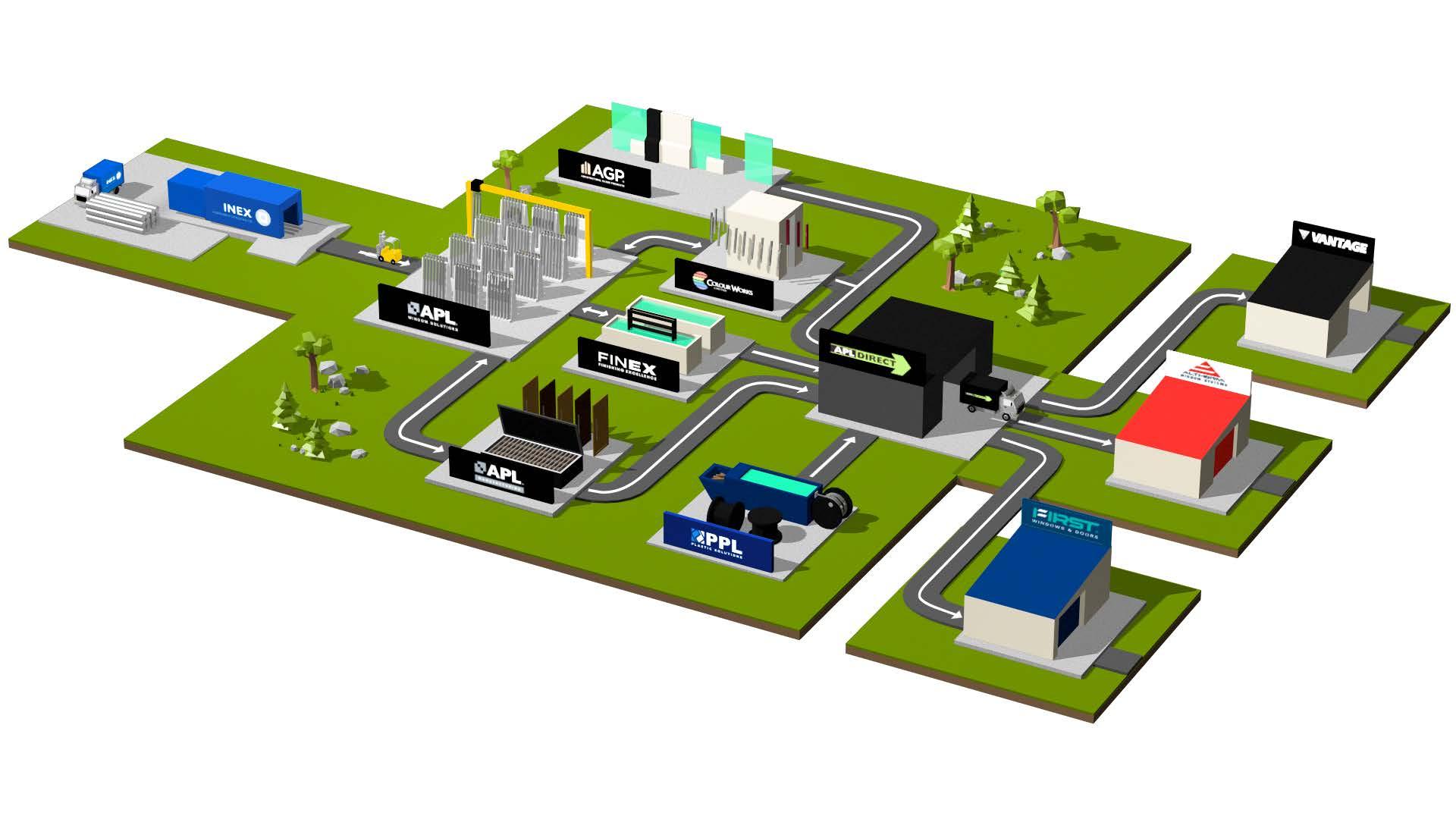
Together - we design, make and deliver end - to - end solutions for New Zealand environments.
While our headquarters and manufacturing facilities are in the Waikato, our extensive network of fabricators spreads across Aotearoa New Zealand. See page 11 for our full list of fabricators.

APL Window Solutions
APL Manufacturing
PPL Plastic Solutions
Cambridge
AGP Architectural Glass Products Hautapu, Cambridge
APL Direct
*Details of these business units are available on page 8.
● Altherm Window Systems ● Vantage Windows and Doors ● First Windows and Doors
Aitken Joinery
Gore
Bay Aluminium Kerikeri
Central Aluminium Stratford
Composite Joinery Warkworth
Counties Aluminium Papakura
Dannevirke Glass Dannevirke
Dargaville Aluminium and Glass Dargaville
Design Windows Vantage Christchurch
Envision Aluminium Blenheim
Elite Windows and Doors Whangarei
Evolution Windows Lower Hutt
Glenns Glass and Aluminium Whakatane
Glenns Glass and Aluminium Rotorua
Hagley Windows and Doors Christchurch
Hopkins Joinery Putaruru
Huntly Joinery Window Systems Huntly
Insite Nelson
Lancer Windows and Doors Henderson, Auckland
Lancom Commercial St Johns, Auckland
Kalos Windows and Doors Levin
Monarch Aluminium Christchurch
Nichol Glass and Aluminium Napier
NZ Windows Hamilton Hamilton
NZ Windows Tauranga Tauranga
Regal Joinery Hamilton
Reids Joinery Mosgiel
Seymour Windows and Doors New Plymouth
Summit Windows and Doors Wiri, Auckland
TRT Builders Westport
Vantage Windows Glenfield, Auckland
Vantage Aluminium Oamaru Oamaru
Vision Windows Takanini, Auckland
Wight Aluminium Whanganui
Altherm Canterbury Christchurch
Alitech Window Systems Waihi
Altherm Window Systems Palmerston North
Altherm Napier Napier
Altherm Aluminium Northland Whangarei
Altherm Taranaki New Plymouth
Altherm West Auckland Henderson
Apex Windows Taupo
Dawson Aluminium Blenheim
Door and Window Systems Auckland Penrose, Auckland
Design Windows Central Otago Cromwell
Design Windows Nelson Nelson
Design Windows Dunedin Dunedin
Design Windows West Coast Greymouth
NT Joinery Te Awamutu
Phoenix Windows and Doors Wairau Valley
Premier Aluminium Drury
Westview Aluminium Upper Hutt
View Master Windows and Doors St Johns, Auckland Fabricator
Aluminium City Penrose, Auckland
First Aluminium Hawera Hawera
Bernie Walsh Aluminium and Glass Dannevirke
CBD Windows and Doors Penrose, Auckland
DuCo Windows and Doors Cambridge
Epic Windows and Doors Mt Maunganui
Franklin Windows and Doors Pukekohe
First Christchurch Windows and Doors Christchurch
First Windows and Doors Taupo Taupo
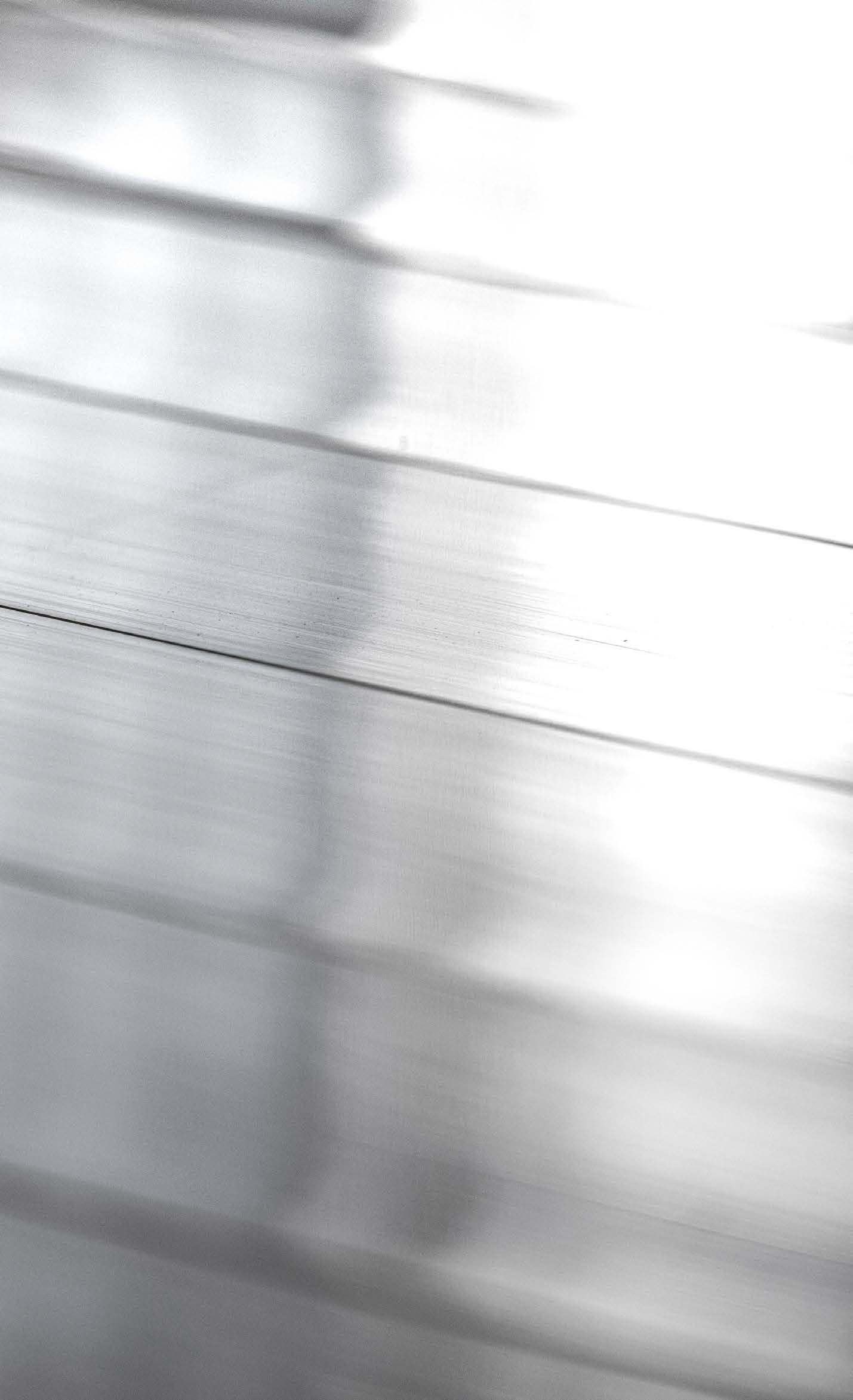
First Whangamata Whangamata
Hollings First Aluminium Masterton
Kaiapoi Aluminium Joinery Christchurch
Kaitaia Glass and Aluminium Kaitaia
Kennedy Aluminium Timaru
Kalos Windows and Doors Palmerston North
Twin City Aluminium Napier
Wellington Windows and Doors Porirua
Whangarei Aluminium Whangarei
Wight Aluminium Hamilton
Windowmakers Wainui, Auckland
APL’s Commercial Series is an innovative range of shopfront windows, overhead glazing, commercial doors and flush glaze systems to suit commercial builds.
This EPD presents Flushglaze 125mm & 150mm, and Structural Glaze 125mm & 150mm from APL's Commercial Series. These systems are intended to be used in shopfront and medium rise commercial applications. The glazing is nearly flush with the outside face, reducing the visual effect of aluminium profiles as viewed from the outside.
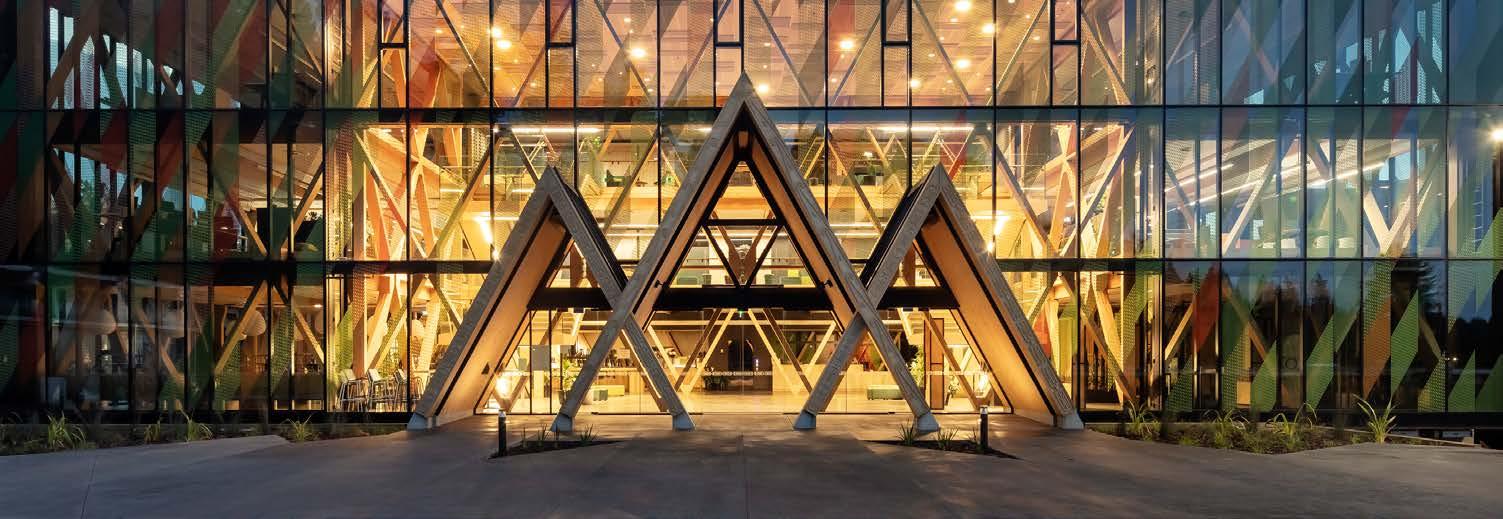

Table 1: APL windows considered in this EPD

150mm Flushglaze Mullion
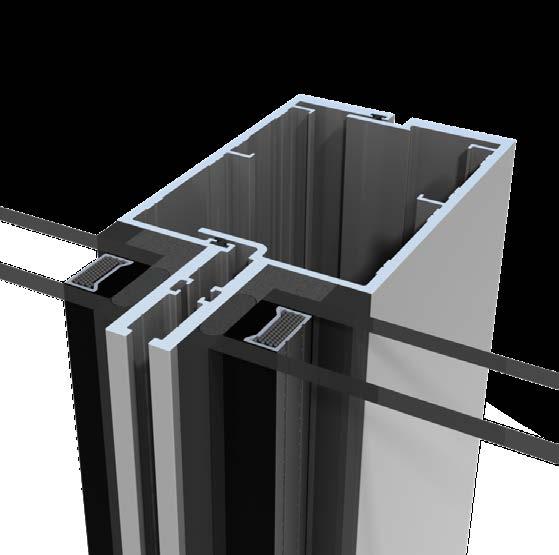
150mm Structural Glaze Mullion
Declared Unit
Specifications
Dimensions
Capable of a range of spans depending on aspect ratio, mullion spacing and wind pressure. Consult your manufacturer for specific information
Maximum Glass Thickness 125mm and 150mm single glazing 12mm, IGU 30mm
Thermal Values
Consult APL Technical Department
Performance
Tested to Extra High / Specific Design wind zones. Projects may require project specific testing
Structural Glaze 125mm and 150mm
Specifications
Dimensions
Capable of a range of spans depending on aspect ratio, mullion spacing and wind
Maximum Glass Thickness
Single glazing 18mm and 32mm IGU
Thermal Values
Consult APL Technical Department
Performance
Tested to Very High and Specific Design wind zone. Projects may require project specific testing
The declared unit for the EPD is 1 m2 of window including packaging. Conversion factor to mass is presented in Table 1.
APL commercial windows are manufactured in accordance with the UN CPC product group, ANZSIC 2006 code, and the relevant standards for New Zealand Building Codes and relevant New Zealand standards.
Table 2: Industry classification of products included in this EPD
APL manufactures windows using aluminium extrusions, glass units and other window/door components (such as screws, rivets, gaskets/seals, and sealants) at their manufacturing facility located at 19 Northpark Drive, Te Rapa, Hamilton, New Zealand.
At Independent Extrusions Ltd (INEX) in Hamilton, extrusion profiles are processed from aluminium billet, sourced from both local and international suppliers - using hydraulic extruders.
Extrusion profiles are then surface finished (powder coated) at Colour Works Limited (Hamilton), before being distributed to the independently owned fabricators across Aotearoa New Zealand and in the South Pacific.
Glass units are manufactured by Architectural Glass Products (AGP in Hautapu, Cambridge) and Thermaseal Smart Glass Solutions (Christchurch), using imported glasses from Southeast Asia, East Asia and Europe. These glass units are also distributed to the fabricators across Aotearoa New Zealand and in the South Pacific.
Other components screws, rivets, gaskets/seals, and sealants required for the final window assembly are sourced from a mix of New Zealand (APL Manufacturing in Hautapu, Cambridge and PPL Plastic Solutions in Hamilton) and overseas manufacturers – mainly from East Asia.
Finally, the extrusions are fitted with glass units and other window components (such as screws, rivets, gaskets/ seals, and sealants) to form a full window assembly, which is subsequently installed into commercial buildings.
Table 3: Content declaration of Flushglaze (125 and 150 mm) and Structural Glaze (125 and 150 mm) windows (per 1 m2)
Table 4: Content declaration of Packaging (per 1 kg of product)
Plastics (polyethylene wrap films, bubble wraps, polyurethane foam, polystyrene expanded)
*Note that the packaging data is calculated as an average across all APL commercial windows produced during the calendar year 2023.
The products declared within this EPD
Do not release dangerous substances to soil and water
Do not contain hazardous substances requiring labelling
Do not contain materials identified in the European Chemicals Agency’s Candidate List of Substances of Very High Concern in the products at a concentration greater than 0.1% (ECHA, 2022).
As shown in the table below, this EPD is of the type a - cradle to gate with modules C1–C4 and module D (A1–A3 + C + D).
Other life cycle stages (Modules A4-A5, B1-B7) are dependent on particular scenarios and best modelled at the building level.
Table 5: Modules included in the scope of the EPD
X = included in the EPD; ND = Module not declared
*Float glasses are sourced from Taiwan, Italy, China, Indonesia, Thailand and Belgium. Some components (such as screws, rivets, gaskets/seals, and sealants) required for the final window/door assembly are sourced from China and Taiwan.
**1.67% of APL windows and doors are shipped to and fabricated in the South Pacific - Fiji, Rarotonga, Samoa, and Tahiti. Hence, a weighted average distance between APL manufacturing site and fabricators is considered.
§ specific data covers aluminium extrusion process data, surface finishing process data, glass production process data, material transport (extrusions, glasses and components), and energy use for all processes including fabrication. This is based on the GWP-GHG analysis.
The processes below are included in the product system to be studied. For modules beyond A3, the scenarios included are currently in use and are representative for one of the most probable alternatives.
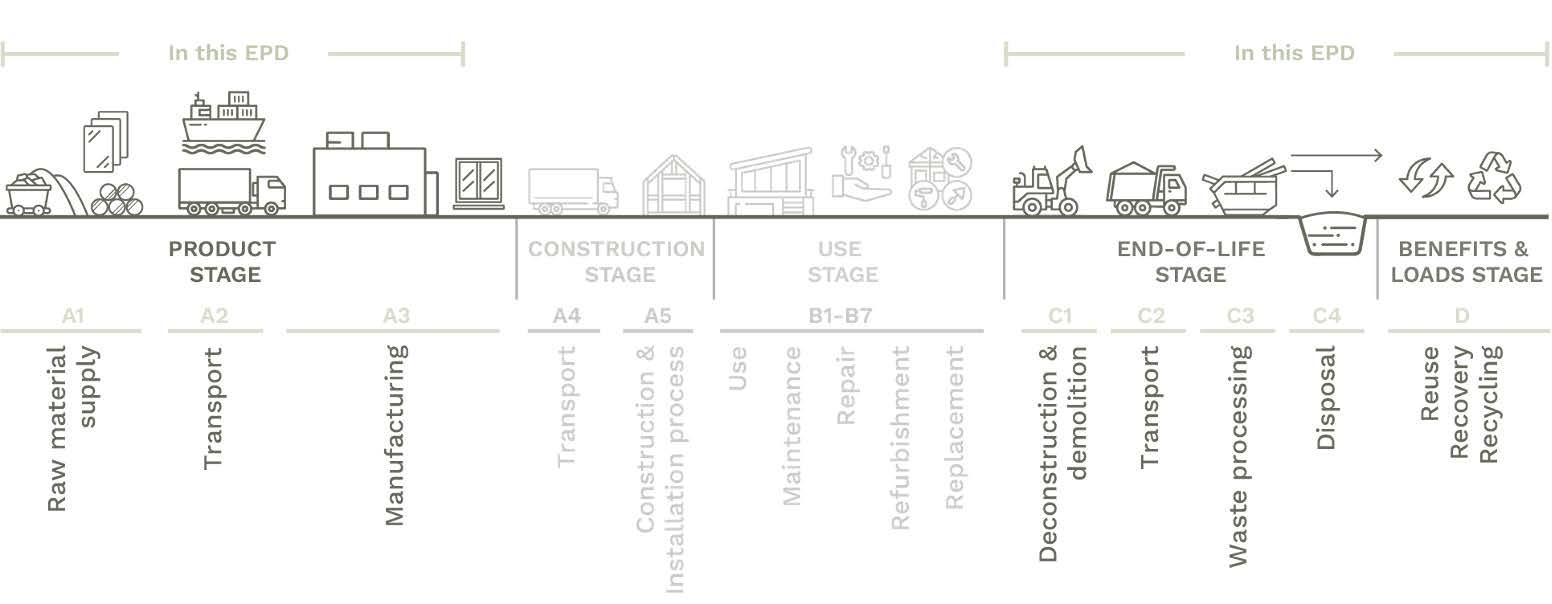
1: System boundary considered in this EPD
The production stage covers the manufacturing, surface finishing and packaging of aluminium extrusion profiles (including extraction and processing of raw materials and the transport to manufacturing site), manufacturing of the rest of the components of the window (glasses, hardware fittings, gaskets/seals, and sealants), transportation of these components, and window assembly (aka fabrication). Packaging of windows is also included.
Using hydraulic extruders, aluminium extrusion profiles are processed from aluminium billet from local and overseas suppliers
Extrusions then undergo a surface finishing process, which can be either powder coating or anodising. Note that the product considered in this EPD use aluminium extrusions that are powder coated
Glasses are imported and supplied by two suppliers
Architectural Glass Products (AGP) - a custom-built facility in Hautapu, near Cambridge and part of Profile Group. AGP imports glass from Southeast Asia
Thermaseal Smart Glass Solutions - a New Zealand-based supplier, which imports glasses from East Asia and Europe
Note that, in CY2023, AGP supplied 97.5% of glasses whereas Thermaseal supplied the rest
Other components screws, rivets, gaskets/seals, and sealants required for the final window assembly are sourced from a mix of New Zealand and overseas manufacturers – mainly from East Asia
All these components – aluminium extrusions, glasses, screws, rivets, gaskets/seals, and sealants, are then distributed to fabricators across New Zealand and in the South Pacific (Fiji, Rarotonga, Samoa, and Tahiti), through individual distribution networks. Once there, the extrusions are fitted with glasses and other components to form a full window assembly, which is installed into commercial buildings
Modules A1-A3 also include the generation and transmission of electricity in New Zealand, generation of thermal energy from natural gas, generation of liquid petroleum gas, supply of water, and solid waste and wastewater management
Aluminium scraps generated during aluminium extrusion and fabrication processes are sold to a metal recycler - hence, modelled as co-products using economic allocation. Transport between APL and recycling facility is accounted for
Glass offcuts are generated during glass cutting process at AGP and Thermaseal. Economic allocation for glass offcuts with no economic value was applied. Transport between AGP/Thermaseal and waste glass collection facility is accounted for.
The end-of-life stage (Modules C1-C4) covers the following:
Module C1 (deconstruction/demolition) includes demolition of the whole building including a window/door using mass allocation, based on a 100-kW construction excavator
Module C2 (transport to end-of-life) includes transport of waste window to waste management facilities, following building demolition
Module C3 (waste processing) includes the processing of window waste for reuse or recycling
Module C4 (disposal) includes window end-of-life which is a combination of recycling and landfill.
Table 6: End-of-life scenarios for products considered in this EPD
Excavator 1 kg collected separately (includes metals, glass and plastics)
0% for re-use
Recovery system specified by type
85% of metals for recycling (BRANZ, 2024)
0% for energy recovery
15% of metals modelled as ferrous metals in landfill (BRANZ, 2024)
Disposal specified by type
Assumptions for scenario development
100% of glass and plastics modelled as inert material in landfill
C1 - demolishing with an Excavator (100kW); fuel consumption is calculated at 0.172 kg diesel input per tonne of material
C2 - 50 km of transport by truck with a utilisation rate of 50%
C3 - waste processing for recycling
C4 - 15% of recovered metals are landfilled; 100% glass and plastics are landfilled. Modelled as inert matter (metal and glass) on landfill
Benefits and loads beyond system boundary (Module D) include recovered aluminium and stainless steel scraps that are fed into a second life cycle.
Credits for aluminium credits are calculated based on the avoided virgin aluminium produced in New Zealand (modelled in this study for upstream aluminium billet input). Per 1 kg of aluminium scrap recovered in Module C3, 0.95 kg of virgin aluminium credits are assigned - based on a metal recycling efficiency rate of 95% (Sphera, 2023).
Credits for stainless steel are calculated based on the "GLO: Recycling of steel with credit" dataset available in the Managed LCA Content (MLC) Database 2023.2 (Sphera, 2023). Per 1 kg of stainless steel scrap recovered in Module C3, 0.95 kg of steel credits are assigned - based on a metal recycling efficiency rate of 95% (Sphera, 2023).
The energy recovered from landfill is also accounted for.
Primary data was used for all manufacturing operations up to the factory gate, including upstream data for aluminium extrusion and finishing (powder coating and anodising). Primary data for aluminium extrusion, finishing, hardware component manufacturing (including seals), and fabrication was sourced for the 2023 calendar year (1 Jan 2023 to 31 Dec 2023). Background data was used for input materials sourced from other suppliers such as glass, components, and packaging materials.
Overseeing and managing the data collection for APL was Rebecca McQueen – Sustainability Project Manager.
Aluminium billets
APL uses aluminium supplied by New Zealand Aluminium Smelters (NZAS) in Tiwai (82.2%) and overseas suppliers in Middle East (17.8%).
Glasses
APL uses glasses supplied by two New Zealand-based suppliers who import glass from overseas. APL’s main supplier-AGP, imports glass from Southeast Asia. Thermaseal Smart Glass Solutions imports glasses from East Asia and Europe.
The underlying LCA model was developed according to the ISO standards for LCA (ISO, 2006a, 2006b), using the Life Cycle for Experts (LCA FE) (formerly known as GaBi Software) for life cycle engineering, developed by Sphera Solutions, Inc.
Data for all energy inputs, transport processes and raw materials are from the Managed LCA Content (MLC) Database 2023.2 (Sphera, 2023). The reference year for the data ranges from 2015 to 2022 and therefore, all datasets are within the 10-year limit allowable for generic data under EN 15804 and the PCR.
Profile Group is the parent company to APL; 100% of Profile Group's electricity consumption is covered via New Zealand Energy Certificate System (NZECS). These NZECS certificates were generated by Kawatiri Energy - one of New Zealand’s newest hydroelectricity projects which generates hydropower from the Lake Rochfort Scheme near Westport (APL Window Solutions, 2024). Hence, electricity use for all operations at APL, AGP, INEX, FINEX, and ColourWorks are covered by the NZECS certificates.
Profile Group (including APL, AGP, INEX, FINEX, and ColourWorks) has committed to source NZECS certificates for the next six months and beyond.
The emission factor for the New Zealand hydroelectricity (including transmission and distribution losses) for the GWP-GHG indicator is 0.00769 kg CO2-eq./kWh (based on EF3.1).
Operations undertaken at Thermaseal or fabrication sites use purchased grid electricity. The composition of the residual electricity grid mix of New Zealand is modelled in LCA FE based on published data for the year 1 April 2021 – 31 March 2022 (BraveTrace, 2023). The New Zealand residual electricity mix is made up of hydro (56.6%), geothermal (19.7%) natural gas (12.5%), wind (6.55%), coal (4.25%), biomass (0.266%) and biogas (0.160%).
Onsite consumption (3.00%), and the medium voltage (1kV-60kV) grid’s transmission and distribution losses (3.17%) are calculated based on data from the Ministry of Business, Innovation & Employment (MBIE, 2023).
The emission factor for the New Zealand residual grid mix for the GWP-GHG indicator is 0.146 kg CO2-eq./kWh (based on EF3.1).
Location-based grid mix EFs (using the published grid mix) is used for other electricity consumption including Modules C and D.
Benefits from recycling the recovered aluminium and stainless steel in Module C4 are considered in Module D; for metals, a recycling rate of 85% is considered and 15% is landfilled (BRANZ, 2024).
Both metals’ credits are modelled as avoided burdens of virgin materials. Both metals are modelled towards fully virgin production, considering recycling efficiency. This leads to recycling credits being slightly lower than the impact of virgin production.
Primary transport data was used for transport of production inputs (A2). Any wastes from the production process (A3) are assumed to be transported over a 50 km distance to a treatment or disposal site. Transport modes:
Truck (diesel), Euro 0 - 6 mix, 34 - 40 t gross weight / 27 t payload capacity
Container ship (heavy fuel oil), 5 000 to 200 000 dwt payload capacity, ocean going
This is an EPD of multiple products – four products. The results were calculated for individual products and weighted based on the sales volume for the 2023 year. The variation for the GWP-GHG indicator is within the ±10% range.
thinkstep-anz consistently excludes environmental impacts from infrastructure, construction, production equipment, and tools that are not directly consumed in the foreground production process, (‘capital goods’) regardless of potential significance.
Infrastructure/capital goods are excluded from all MLC datasets. An important exception is the inclusion of capital goods for electricity generation, where the capital goods are very important for modelling of changes towards more renewable generation. Capital goods related to electricity generation are included in all MLC electricity datasets.
Note: The system boundaries on manufacturing of equipment and for employees are not regarded as limiting the scope of the inventory or as an incomplete inventory (i.e. a cut-off).
Furthermore, cut-off criteria were applied to the following:
Glasses are delivered with packaging materials such as timber pallets, steel band and cardboard. Cut-off was applied to these packaging materials given most of them are reused or sent for recycling
Cut-off was applied to the VOCs released to air during the powder coating process, due to data unavailability
The effects of the exclusions are minimal given the impacts of the windows are largely driven by aluminium and glass.
Multi-output allocation generally follows the requirements of PCR 2019:14 v1.3.4 (EPD International, 2024) section 4.5.1. When allocation becomes necessary during the data collection phase, the allocation rule most suitable for the respective process step is applied based on the following principles:
Impacts due to multi-output processes within the foreground system are allocated to coproducts by economic value, if the difference in the revenue of coproducts is high (>25% according to EN 15804)
This is applicable for processes that involves aluminium and scraps – such as aluminium extrusion and fabrication
Aluminium scrap is generated during aluminium profile extrusion and fabrication (Module A3). The aluminium scrap is sold to recyclers, which has an economic value compared to the main product. In this study, we applied economic allocation for aluminium scrap, according to section 4.5.1 of the PCR (EPD International, 2024). FY 2023/24 annual average prices of aluminium extrusion and aluminium scrap were used for allocation
The emission factor for the aluminium extrusion produced at INEX for the GWP-GHG indicator in 2023 is 8.23kg CO2-eq./kg (based on EF3.1)
A sensitivity analysis was undertaken to understand the effect of price change for both aluminium extrusion and scrap produced at INEX. A ±20% price change in aluminium extrusion and scrap showed little effects on the overall impacts of the aluminium extrusion produced at INEX (up to 2.17%). However, it is crucial to monitor these effects continuously.
For other processes such as glass production, site overheads (e.g. water, wastewater, fuels, electricity, and waste) are allocated based on the mass of outputs
The packaging materials are allocated by mass across the total output of packaged APL products.
End-of-life allocation generally follows the requirements of ISO 14044, section 4.3.4.3.
Material recycling (avoided burden approach): Open scrap inputs from the production stage are subtracted from scrap to be recycled at end-of-life to give the net scrap output from the product life cycle. This remaining net scrap is sent to material recycling. Credits are assigned at Module D based on the potential benefit of recovering the secondary material in substitution for primary material production. If net scrap is negative (e.g. the production stage scrap inputs are higher than the scrap available for recycling at end-of-life), Module D will assign a burden. The Module D impacts are modelled using industry average inventories
Landfilling (avoided burden approach): In cases where materials are sent to landfills, they are linked to an inventory that accounts for waste composition, regional leachate rates, landfill gas capture as well as utilisation rates (flaring vs. power production). A credit is assigned for power output using the national grid mix.
Several packaging materials are used with aluminium extrusions and window components delivered to fabricators. It was assumed that aluminium extrusions and window components packaging materials are sent to landfill, given there is no information on packaging post-consumer recycling rates in New Zealand. This is a conservative assumption
We acknowledge that there are faulty components that are returned to the suppliers which were not accounted for in this study due to data limitations. However, we understand that the overall effect of this exclusion is insignificant given the impacts of the components themselves are minimal
Due to limited data, it is assumed that aluminium window and door waste management practices in the South Pacific are same as in New Zealand. The impact of this assumption is minimal as only 1.67% of APL windows and doors are exported to and used in the South Pacific
For some materials/processes, country- or region-specific datasets were unavailable in the MLCA Database. Hence, datasets from other countries/regions were used as geographic proxies. However, we realise that the effect of using these datasets was minimal given the production technologies are generally consistent. The aggregated GWG-GHG impacts of proxy datasets for APL windows were <11%, for Module A1-A3.
Primary data for aluminium extrusion, finishing, hardware component manufacturing (including seals), and fabrication was sourced for the 2023 calendar year (1 Jan 2023 to 31 Dec 2023).
This study utilises the system for “Data quality level and criteria of the UN Environment Global Guidance on LCA database development” (CEN, 2019), as shown below.
Table 7: Data Quality Assessment Material/Life
AGP Glass (A1-A3)
Thermaseal Glass (A1-A3)
Al Extrusions (A1-A3)
Powder Coating (A1-A3)
Hardware components (A1-A3)
Fabrication (A1-A3)
Raw materials and suppliers, land use, manufacturing processes, energy and water use, production volumes, transport modes and distances
Raw materials and suppliers, land use, manufacturing processes, energy and water use, production volumes, transport modes and distances
Raw materials and suppliers, land use, manufacturing processes, energy and water use, production volumes, transport modes and distances
Raw materials and suppliers, land use, manufacturing processes, energy and water use, production volumes, transport modes and distances
Quantities, supplier locations, transport modes and distances
Raw materials and suppliers, land use, manufacturing processes, energy and water use, production volumes, transport modes and distances
Module C1 Inputs for deconstruction & demolition
Module C2 Transport modes and distances to end-of-life
Module C3
Module C4
Module D
Supplied by AGP, for CY2023
Supplied by Thermaseal, for CY2023
Supplied by INEX, for CY2023
Supplied by ColourWorks, for CY2023
Supplied by APL, for CY2023
Supplied by APL fabricators, for CY2023
Assumptions for deconstruction energy
Assumptions
The results tables describe the different environmental indicators for each product per declared unit, for each declared module. The EN 15804 reference package based on EF 3.1 is used.
Table 8 contains the core environmental impact indicators in accordance with EN 15804:2012+A2:2019, describing the potential environmental impacts of the product
Table 9 shows the life cycle inventory indicators for resource use
Table 10 displays the life cycle inventory indicators for waste and other outputs
Table 11 provides additional environmental impact indicators in accordance with EN 15804:2012+A2:2019
Table 12 displays biogenic carbon content indicators
Table 13 contains results for environmental impact indicators in accordance with EN 15804:2012+A1:2013 to aid backward comparability.
The estimated impact results are only relative statements, which do not indicate the endpoints of the impact categories, exceeding threshold values, safety margins and/or risks.
The use of primary energy is separated into energy used as raw material and energy used as energy carrier as per option C in Annex 3 in the PCR (EPD International, 2024).
Energy indicators (MJ) are always given as net calorific value.
-eq. Climate change – land use and land use change
Ozone depletion
Eutrophication aquatic freshwater
Eutrophication aquatic marine
Eutrophication terrestrial
Photochemical ozone formation
Depletion of abiotic resources – minerals and metals1
Depletion of abiotic resources – fossil fuels1, 5
-eq.
kg N eq.
Mole of N eq.
NMVOC eq.
Table 9: Life cycle inventory indicators on use of resources
Use of renewable primary energy excluding renewable primary energy resources used as raw materials
Use of renewable primary energy resources used as raw materials
Total use of renewable primary energy resources
Use of non-renewable primary energy excluding non-renewable primary energy resources used as raw materials
Use of non-renewable primary energy resources used as raw materials
of non-renewable primary energy resources
Table 10: Life cycle inventory indicators on waste categories and output flows
Table 11: EN15804+A2 Additional Environmental Impact Indicators
Climate Change2
Climate Change3
Ionising Radiation – human health4
Eco-toxicity (freshwater)1
Human Toxicity, cancer1
Human Toxicity, non-cancer1
Land use related impacts / soil quality1
Table 12: Biogenic carbon content indicators
Note: 1 kg biogenic carbon is equivalent to 44/12 kg CO2
Table 13: EN15804+A1 Environmental Impact Indicators
(IPCC AR5) kg CO2-eq.
-eq. Ozone depletion potential
Acidification potential
Eutrophication potential
Photochemical ozone creation potential
Abiotic depletion potential for non-fossil resources
Abiotic depletion potential for fossil resources
(EN15804+A1) kg SO2-eq.
(EN15804+A1) kg PO43⁻-eq.
(EN15804+A1) kg C2H4-eq.
(EN15804+A1) kg Sb-eq.
(EN15804+A1) MJ
1 The results of this environmental impact indicator shall be used with care as the uncertainties on these results are high or as there is limited experience with the indicator.
2 This indicator is identical to GWP-total except that the CF for biogenic CO2 is set to zero. It has been included in the EPD following the PCR.
3 GWP-GHG (IPCC AR5) is an additional GWP100 indicator that is aligned with the Intergovernmental Panel on Climate Change (IPCC) 2013 Fifth Assessment Report (AR5) (IPCC 2013), national greenhouse gas reporting frameworks in Australia and New Zealand and previous versions of the Construction Products PCR (PCR2019:14v1.11). It excludes biogenic carbon and indirect radiative forcing.
4 This impact category deals mainly with the eventual impact of low dose ionizing radiation on human health of the nuclear fuel cycle. It does not consider effects due to possible nuclear accidents, occupational exposure nor due to radioactive waste disposal in underground facilities. Potential ionizing radiation from the soil, from radon and some construction materials, is also not measured by this indicator.
5 ADP-fossil and PENRT results may not be the same since the characterisation factors for some of the flows in the LCA FE software are not the same.
The following tables show the weighted average results for 1 m2 of Flushglaze (125 and 150mm) and Structural Glaze (125 and 150mm) windows.
The estimated impact results are only relative statements, which do not indicate the endpoints of the impact categories, exceeding threshold values, safety margins and/or risks.
Table 15: Use of resources
Since Module C is included in the EPD, the use of Module A1-A3 results without considering the results of Module C is discouraged.
Table 16: Waste production and output flows
Table 17: EN15804+A2 Additional Environmental Impact Indicators
BCC-prod kg C 0.00E+00
BCC-pack kg C 2.75E+00
Note: 1 kg biogenic carbon is equivalent to 44/12 kg CO2
Since Module C is included in the EPD, the use of Module A1-A3 results without considering the results of Module C is discouraged.
*The results of this environmental impact indicator shall be used with care. In MLCA database, NOₓ emissions have been split into NO2 and NO. Due to the split of NOₓ a potential negative value for the POCP may occur, according to the characterisation factor in the CML method (Sphera, 2016). Note that for POCP in CML, NO is characterised with a factor of -0.427. This explains the negative results for some modules.
Since Module C is included in the EPD, the use of Module A1-A3 results without considering the results of Module C is discouraged.
APL Window Solutions. (2024). Going Electricity-Neutral. Retrieved from Electricity-Neutral Initiative: www.aplnz.co.nz/our-responsibility/carbon-neutral-electricity-initiative
BRANZ. (2024). New Zealand whole-building whole-of-life framework: Development of datasheets to support building life cycle assessment. Retrieved from www.branz.co.nz/environment-zero-carbon-research/framework/data/
BraveTrace. (2023). NZECS Residual Supply Mix for electricity certification. New Zealand.
CEN. (2013). EN 15804:2012+A1:2013 Sustainability of construction works. Environmental product declarations. Core rules for the product category of construction products. Brussels: European Committee for Standardization.
CEN. (2019). EN 15804:2012+A2:2019 Sustainability of construction works. Environmental product declarations. Core rules for the product category of construction products. Brussels: European Committee for Standardization.
ECHA. (2022). Candidate List of Substances of Very High Concern for Authorisation. Helsinki: European Chemicals Agency
EPD International. (2024). PCR 2019:14 Construction Products version 1.3.4 of 2024-04-30 (valid until 2025-06- 20). Stockholm: EPD International AB.
EPD International. (2024a). Complementary Product Category Rules to PCR 2019:14 (c-PCR-007 to PCR 2019:14, version 2024-04-30, valid until 2025-06-20). Stockholm: EPD International AB.
IPCC. (2013). Climate Change 2013: The Physical Science Basis. Geneva: IPCC.
ISO. (2006a). ISO 14040: Environmental management – Life cycle assessment – Principles and framework. Geneva: International Organization for Standardization.
ISO. (2006b). ISO 14044: Environmental management – Life cycle assessment – Requirements and guidelines. Geneva: International Organization for Standardization.
ISO. (2006c). ISO 14025: Environmental labels and declarations - Type III environmental declarations - Principles and procedures. Geneva: International Organization for Standardization.
MBIE. (2023). Annual Electricity Data Updates. New Zealand.
Sphera. (2016). Gabi Database and modelling principles. Echterdingen: Sphera.
Sphera. (2023). Life Cycle Inventory Database 2023 Documentation. Retrieved from Sphera: www.sphera.com

